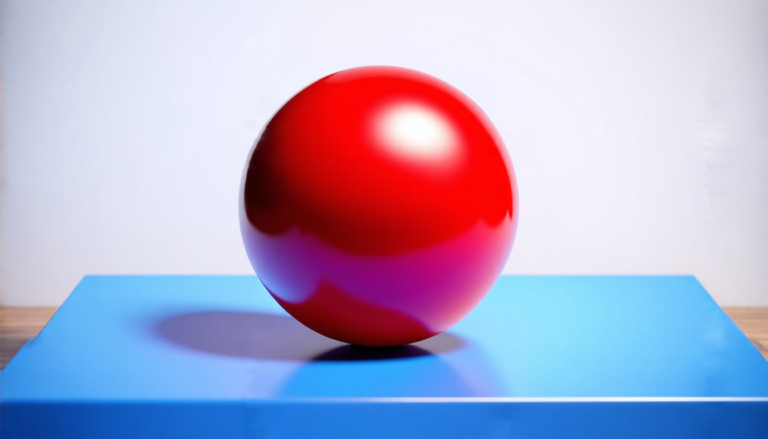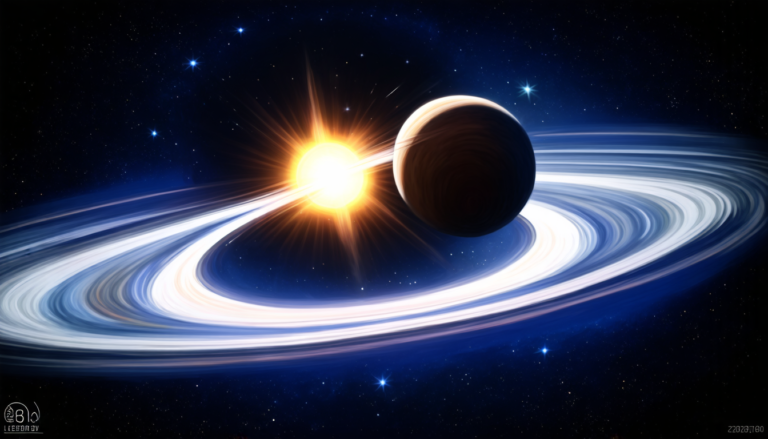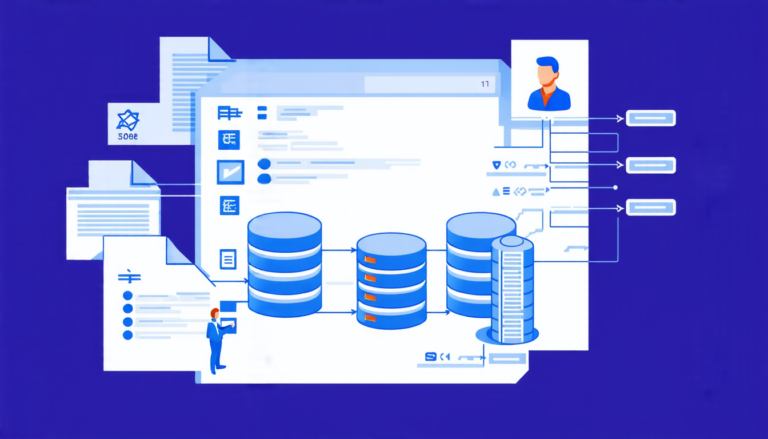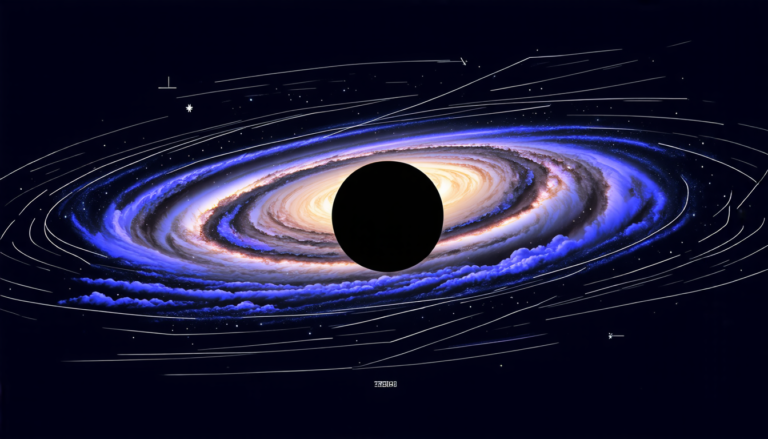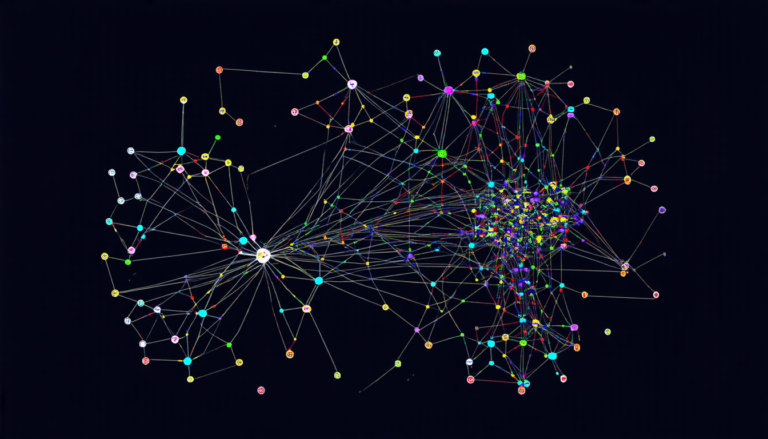Thursday 17 April 2025
Artificial intelligence has been transforming the field of particle physics for decades, but its impact goes beyond just optimizing event selection and improving object identification. AI is redefining the way physicists approach their work, and it’s changing the very fabric of the discipline.
One of the most significant shifts is the increasing reliance on machine learning techniques to analyze high-dimensional data. Traditionally, particle physicists relied on statistical methods to make sense of their findings. However, with the advent of machine learning, they can now train algorithms to learn patterns in complex datasets and identify subtle correlations that might have gone unnoticed.
This shift has opened up new avenues for research, particularly in areas where traditional statistical methods struggle to keep pace. For instance, AI-powered simulations are allowing physicists to model complex phenomena that were previously inaccessible. By training neural networks on vast amounts of data, researchers can simulate the behavior of particles and systems under various conditions, providing valuable insights into the fundamental nature of matter.
But AI is not just a tool for generating new ideas; it’s also changing the way physicists work together. Collaborative efforts, such as the Inter-Experimental Machine-Learning Working Group at CERN, are bringing together experts from diverse backgrounds to share knowledge and develop new methods. This cross-pollination of expertise is leading to innovative solutions that might not have arisen otherwise.
Despite these advances, there’s a growing recognition that AI is not a panacea for all the challenges facing particle physics. As researchers increasingly rely on machine learning algorithms, there’s a risk that they’ll lose sight of the underlying physics. This is particularly concerning when it comes to validating results and ensuring the integrity of data.
To address these concerns, physicists are developing new techniques for explaining AI-driven findings and verifying their accuracy. By combining machine learning with traditional statistical methods, researchers can build more robust models that provide a deeper understanding of the phenomena they’re studying.
As AI continues to transform particle physics, it’s clear that its impact will be felt far beyond the boundaries of the field itself. The techniques and approaches developed in this area are likely to have wider applications across many disciplines, from medicine to climate science.
Ultimately, the integration of AI into particle physics is not just a technological advance; it’s a philosophical one as well. As researchers grapple with the implications of machine learning on their work, they’re forced to confront fundamental questions about the nature of knowledge and discovery.
Cite this article: “Unlocking the Secrets of Artificial Intelligence in Particle Physics: A Review of the State-of-the-Art”, The Science Archive, 2025.
Particle Physics, Artificial Intelligence, Machine Learning, Data Analysis, Statistical Methods, Neural Networks, Simulations, Collaboration, Validation, Integrity
Reference: Claire David, “What is AI, what is it not, how we use it in physics and how it impacts… you” (2025).



